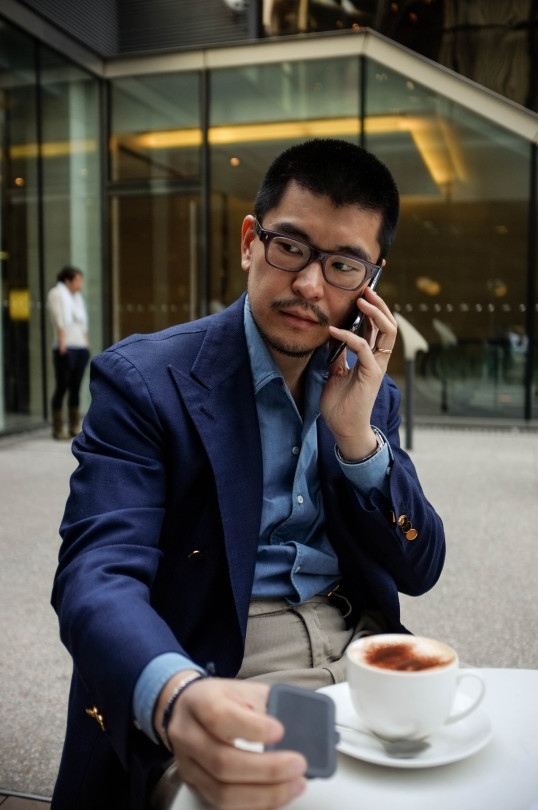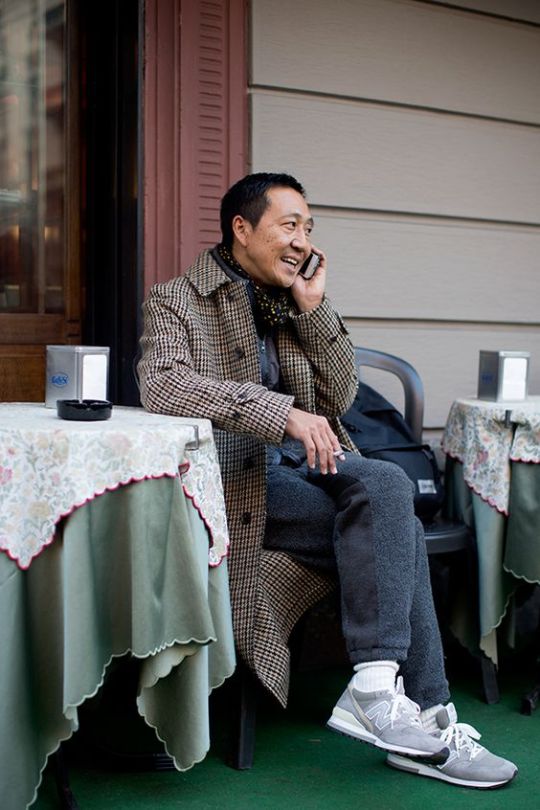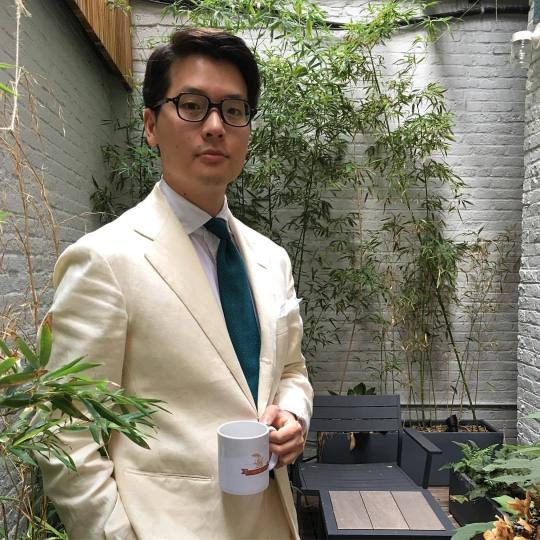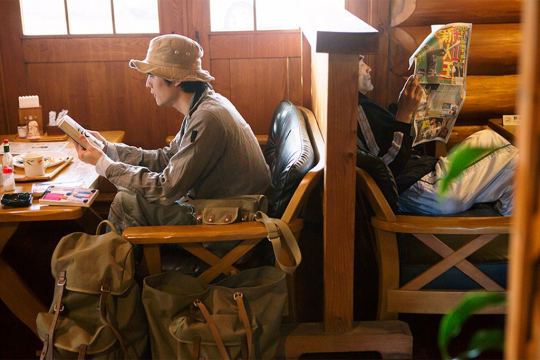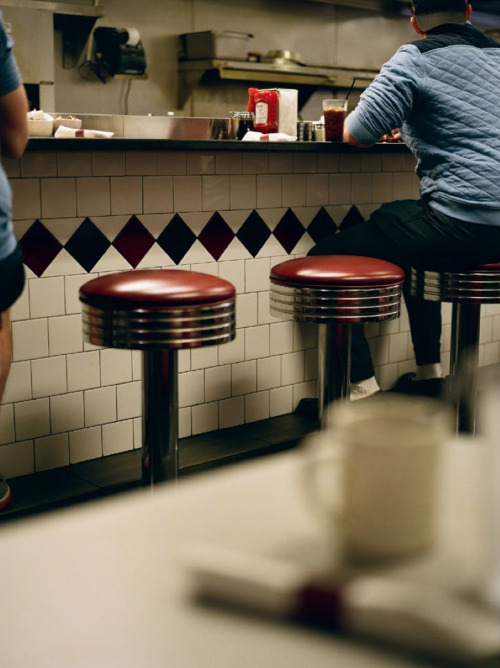
I don’t mean to turn this site into a lifestyle blog – my life isn’t exciting enough for that anyhow – but if other sites can talk about fancy wines, steaks, and cigars, I’d like to think I can do the occasional off-topic post on something more relatable. For the last six months or so, I’ve been obsessed with coffee.
Getting the perfect cup of coffee is a bit like getting the perfect cut in clothes. It’s a mix of subjective taste and exact science, but also an elusive thing that you never quite catch. I first became interested in coffee last fall, when coffee reviewer Ken Davids made me a cup while we chatted about his website. I’ve had good espressos before, but this was on another level. The even balance, noticeable bright notes, and clean aftertaste just made for a different experience. It was very enjoyable.
Before I left his office that day, Ken gifted me an Aeropress. It’s a strange plastic device that looks like it belongs in a high-school chemistry lab, sitting next to beakers and Bunsen burners. The Aeropress is … not pretty … but where it falls short in aesthetics, it excels in performance. The Aeropress gives a cleaner brew than a French press, is faster than your average drip method, and has incredible versatility. You can use it to make almost anything short of a proper espresso. Moreover, since you get to control every variable in the process – the size of your coffee grounds, the temperature of the water, and the immersion time – you can hone in on your version of the perfect cup of coffee.
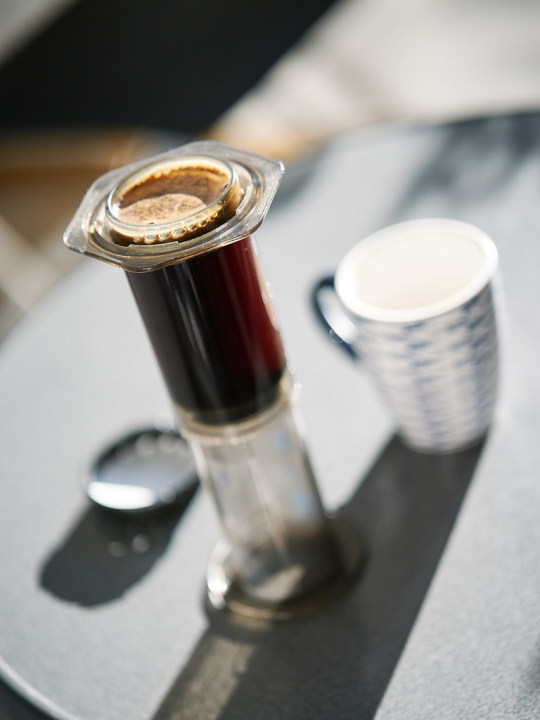
The process of using an Aeropress can seem complicated at first, even intimidating, but once you get the hang of it, brewing the perfect cup takes no more than three minutes. Like with cooking in general, you want to achieve the right flavor without burning your ingredients. That means making sure you have the right bean-to-water ratio, ensuring there’s an evenness to the grounds (which will result in an even extraction), and using just the right water temperature and immersion time to get the desired flavor. This will result in a smoother, brighter cup without that charcoal briquette taste you find at your local diner. People who drink loose-leaf tea will find these principles familiar (The Way of Tea is an excellent introduction to better tea drinking, by the way).
You can find dozens, if not hundreds, of online guides on how to use the Aeropress, each with their slightly different take on the basic process. I find the best way to learn is to just pick up some equipment and experiment. My set-up includes:
- The Aeropress Kit ($30): To do the Aeropress, you’ll obviously need the kit itself. The good news is that it’s only $30, which means little is lost should you decide to switch to another method later (pour over, French press, etc). You won’t, however, because the Aeropress is amazing.
- Baratza Encore Grinder ($140): Early in this process, a friend gave me some good advice. You can get a fancy hand grinder, but a machine grinder will cut down on your work in the morning, which will make it easier to get into this hobby. Later, should you want to change to something else, you can look into fancier options. Baratza’s Encore is a great entry-level machine that’s straightforward to use, requires almost no learning curve, and is a reliable workhorse. It’ll give you consistent grounds without costing a fortune. A step up is the Virtuoso, which has a timer, but is $90 more expensive.
- American Weigh Scale ($20): Don’t just throw in a random scoop of beans. Beans come in different weights, which means for consistency, you should weigh your beans before grinding them. This American Weigh Scale is reliable and accurate, and only runs $20. My only gripe is that sometimes it’s a bit slow to respond, which means I have to lift up and reset my cup to get an accurate reading. Acaia’s scale is better, but it’s also $140.
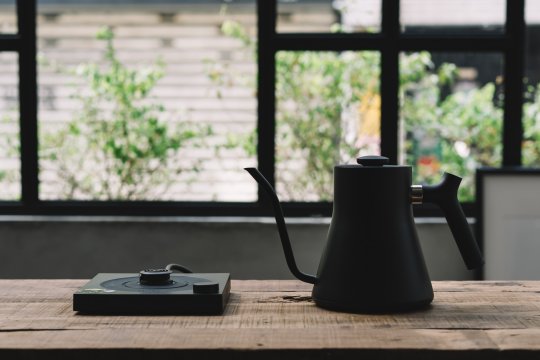
- Fellow Stagg EKG Kettle ($150): Get a kettle that can boil your water to a precise temperature. Bonavita’s gooseneck kettle is commonly recommended for its features and price, but I prefer the design of Fellow’s Stagg EKG. It looks handsome, boils faster than most machines, and has a built-in timer to help you with your immersions.
- Fellow Prismo ($25): This little attachment will be the best $25 you’ll spend anywhere. It converts your Aeropress into something that makes a faux-expresso – not necessarily a true expresso, but superbly delicious and darn close to the real thing. I can’t recommend it enough. It requires strongman-levels of pressure to use, however, so you’ll want to operate it over some sturdy drinkware. Fellow’s demitasse cups are small, but mighty, and thus perfect.
- Airscape ($28): A clever device that squeezes air out of your storage containers, which helps pack in freshness. Much like freshly baked bread, freshly roasted coffee beans start to go stale after ten days, which means you have to store them carefully and replenish regularly. I find Airscape’s canisters are nice for the cupboard, but can also be used in the freezer (a topic of incredible contention among coffee enthusiasts). In my experience, freezing beans will buy you another week or two. But you still want to drink this stuff quickly – and only grind the morning of.
That’s basically it. Once you get a set-up, you can buy some freshly roasted beans from a quality roaster, then try different brewing methods described online (YouTube is good for this). I’ve been buying beans from Bird Rock Coffee. They do two-day shipping, which helps ensure freshness, although Coffee Review is also a great way to find other quality roasters. If a certain batch has gotten a 90+ rating, it’s likely the other things from that roaster are good too. Seattle Coffee Gear also has a nice YouTube channel, while Sprudge and Daily Coffee News are good coffee blogs.
For what it’s worth, I use 16.5 grams of coffee beans to 200 grams of water, with the water boiled to 205 degrees. When using the Prismo, I increase that ratio to 25 grams of beans to 70 grams of water, but keep the same temperature. I also use the inverted method, and generally don’t let the grounds sit in the water too long (I like the brighter notes). Brewing with the Aeropress while wearing some comfy pajamas, a nice dressing gown, and a pair of leather slippers – or Self Edge’s Cafe Nyleta tees with raw denim jeans – makes for a wonderful morning ritual.

